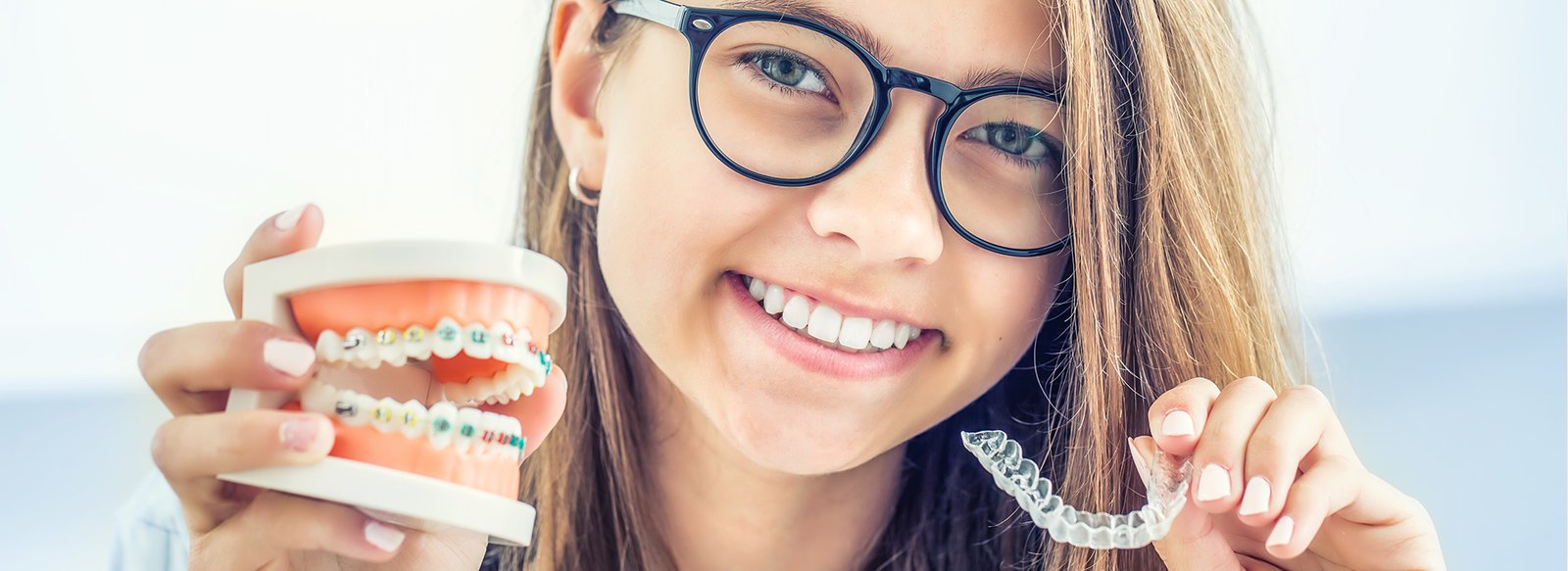
Metal braces are robust and can address significant dental corrections effectively.
The implant stimulates the jawbone, helping to prevent bone loss that typically occurs with missing teeth.
They provide consistent pressure on teeth, allowing for predictable and sometimes faster results.
Since braces are fixed, they work continuously without needing to be removed, making them ideal for younger patients or those who might struggle with wearing removable aligners consistently.
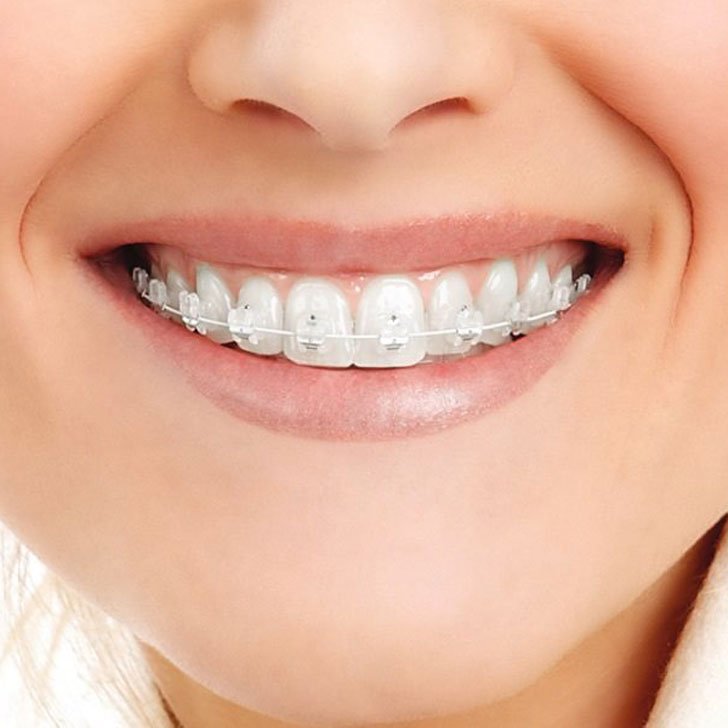
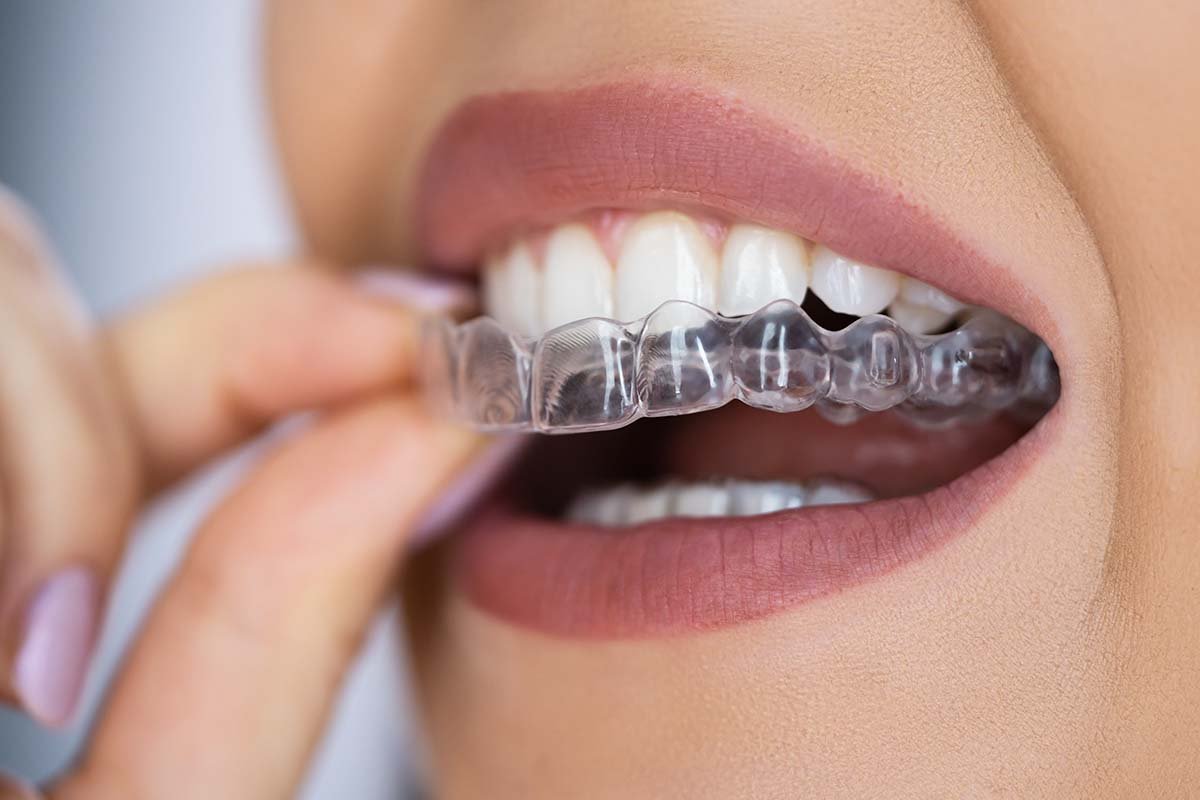
Clear aligners are virtually invisible, making them a popular choice for those who want a less noticeable orthodontic solution.
Aligners can be removed for eating, brushing, and flossing, making it easier to maintain oral hygiene and enjoy favorite foods.
Made from smooth plastic, clear aligners reduce the chance of irritation often caused by metal brackets and wires.
Ideal for patients with complex dental issues or those who may have trouble wearing removable aligners consistently.
Suitable for patients with mild to moderate misalignment who prefer a subtle, flexible treatment option.
Where the upper front teeth lie too far forward (stick out) over the lower teeth
An appearance, where the lower teeth are too far forward or the upper teeth too far back
When the upper teeth do not come down slightly in front of the lower teeth when biting together normally
Space between the biting surfaces of the front and/or side teeth when the back teeth bite together
Space between the biting surfaces of the front and/or side teeth when the back teeth bite together
Gaps, or spaces, between the teeth as a result of missing teeth or teeth that do not “fill up” the mouth
When there are too many teeth for the dental ridge to accommodate
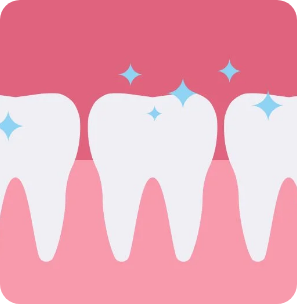
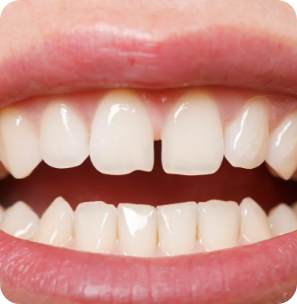
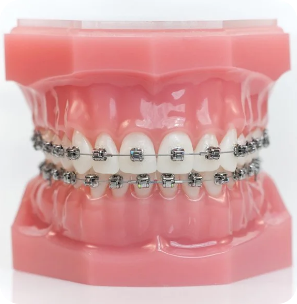
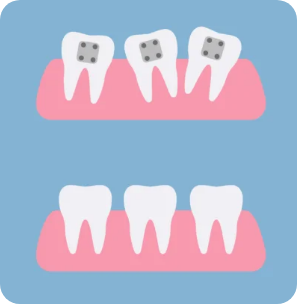
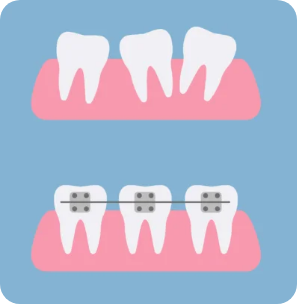

© 2019 Utama Dental Surgery. All rights reserved.